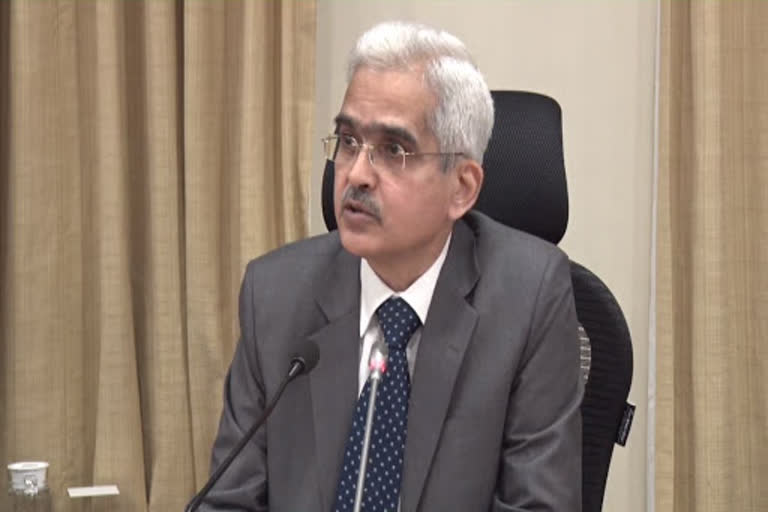Mumbai: The Reserve Bank on Friday sharply cut its economic growth projection for this fiscal to 6.1 per cent from 6.9 per cent earlier, but expressed hope that the growth will recover in the second half of 2019-20.
The central bank's estimates come in the wake of GDP growth sliding to a six-year low of 5 per cent in the June quarter, on a massive slowdown in consumption and private sector investments.
The government has taken a slew of measures, including a massive 10 percentage point cut in corporate taxes and promises of front-loading bank recapitalisation to support the number.
In the monetary policy report released on Friday, the central bank said the growth momentum will pick up with every quarter on factors like government measures, policy rate cuts and also favourable base effects.
The GDP growth will recover to 7 per cent in 2020-21, it said, adding, the near-term outlook of the economy is "fraught with several risks".
Enumerating the reasons for its sharp cut in growth estimate, the RBI said, the expected pick-up in both private consumption and investment failed to materialise, and exports lost momentum under the weight of the slump in world trade.
"Taking into account the baseline assumptions, survey indicators, reductions in the policy repo rate since February 2019, the base effects and model forecasts, real GDP growth is projected at 6.1 per cent in 2019-20 -- 5.3 per cent in Q2, 6.6 per cent in Q3, 7.2 per cent in Q4 -- with risks evenly balanced,” the monetary policy statement said.
An escalation of trade tensions, a hard or no-deal Brexit and increased volatility in global financial markets pose downside risks to the baseline growth path, it said.
On the upside, the GDP growth momentum can be helped by the government's measures in August-September to boost growth and investment – policy reforms on FDI, the upfront release of funds for the recapitalisation of public sector banks (PSBs), the merger of PSBs, it said.
Read more: Market to remain closed on the occasion of Gandhi Jayanti
Other steps that will help pick up growth include incentives for exports and real estate, reduction in the corporate income tax rate – along with a faster resolution of stressed assets, and a faster pace of transmission of past repo rate cuts, it added.
A half-yearly survey of professional forecasters conducted by the RBI pegged the GDP growth to come at 6.1 per cent and move up to 7 per cent in 2010-21, the same as the central bank's own estimates.
In the auto sector, the statement attributed the slowdown in sales to 'shocks' like a slump in demand, liquidity crisis in the shadow banks and regulatory measures to enhance the safety and security of cars.
The central bank also rued that the corporate sector is not ramping up investments despite capacity utilisation of the existing assets rising close to long-term average levels for several quarters and hoped that the recent measures will help kick-start the capex cycle.
The RBI has also revised slightly upwards the retail inflation projection to 3.4 per cent for the second quarter of 2019-20, while retained projections at 3.5-3.7 per cent for the second half of the fiscal and 3.6 per cent for the first quarter of 2020-21, with risks evenly balanced.
Governor Shaktikanta Das has repeatedly said that when there is space available, the central bank has to address the concerns on the growth and help revive the economy.




